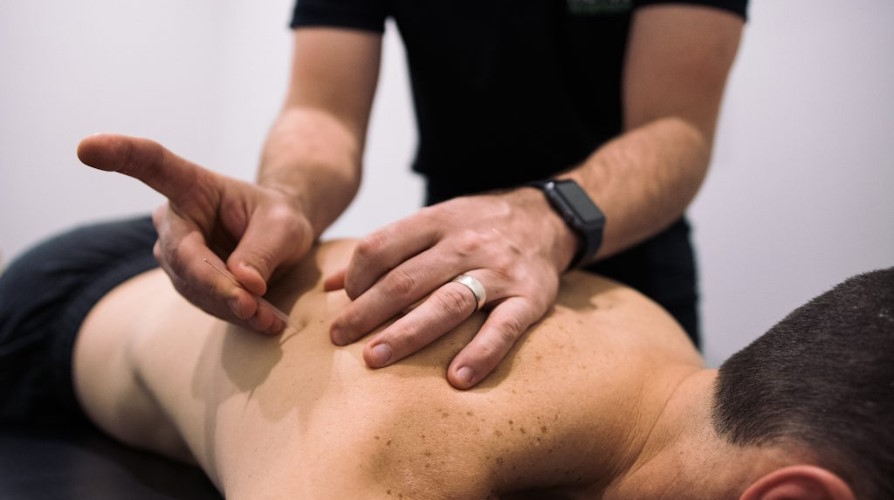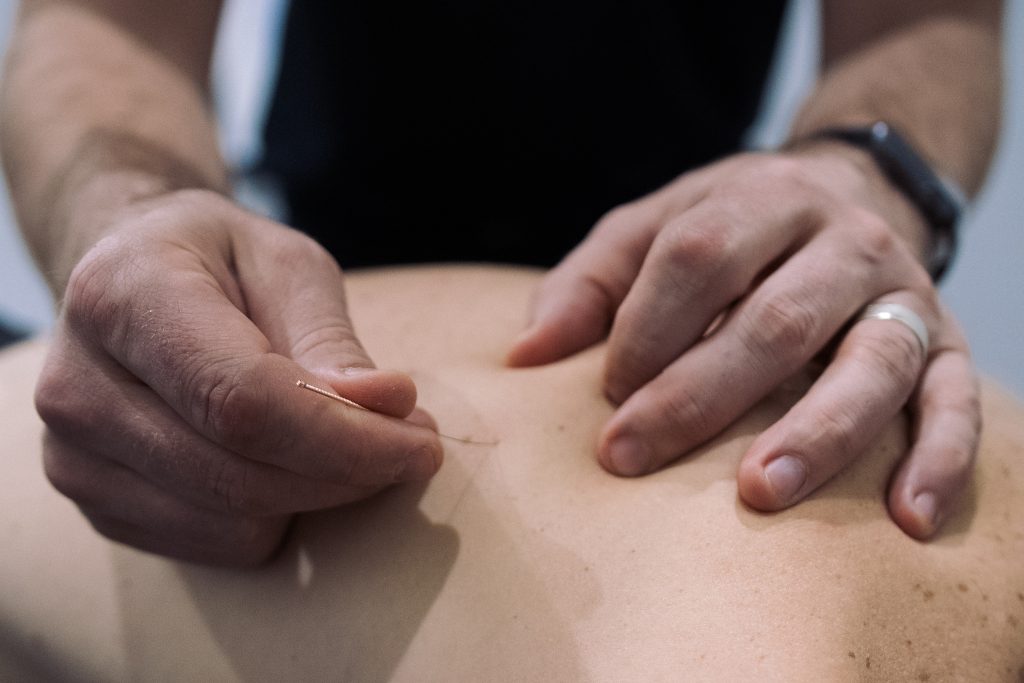In the world of physiotherapy, innovative techniques continually emerge to address musculoskeletal pain and dysfunction. Intramuscular Stimulation (IMS), commonly known as dry needling, has gained attention for its usefulness in treating many musculoskeletal conditions. This approach involves the insertion of thin needles into specific trigger points within muscles, aiming to release tension, improve range of motion, and decrease pain. In this post, we will dive into the finer points (ha!) of IMS, exploring its mechanisms, applications, and the latest research around its effectiveness.
Understanding IMS
IMS is rooted in the principles of traditional Chinese medicine and acupuncture but differs significantly in its application and underlying theory. Unlike acupuncture, which focuses on the flow of energy or Qi along meridians, IMS targets myofascial trigger points—localized knots or bands within muscles that are often associated with pain and restricted movement.
The primary objective of IMS is to stimulate these trigger points, prompting a neurological response that encourages muscle relaxation and improved blood flow. The insertion of the thin needles initiates a therapeutic process that aims to reset dysfunctional muscle fibres, providing relief from chronic pain and restoring optimal function.
Applications of IMS in Physiotherapy
Physiotherapists use IMS as a complementary technique to conventional therapies to address various musculoskeletal issues. Some common conditions treated with dry needling include:
- Muscle Spasms and Tightness: By targeting specific muscles, IMS can help alleviate muscle spasms and tightness, promoting a more relaxed and flexible musculature.
- Chronic Pain Syndromes: Patients suffering from chronic pain conditions, such as fibromyalgia, may find relief through the targeted application of dry needling.
- Sports Injuries: IMS is increasingly used in sports medicine to address overuse injuries, strains, and muscle imbalances that athletes commonly encounter.
Intramuscular Stimulation, or dry needling, represents a promising treatment option in physiotherapy, offering a unique approach to address musculoskeletal pain and dysfunction. As research continues to assess its usefulness, IMS stands as a valuable tool in the hands of skilled physiotherapists, providing patients with a path to healing and improved quality of life. If you’re considering IMS as part of your physiotherapy plan, consult with a qualified practitioner who can assess your individual needs and tailor a treatment approach for optimal results.




